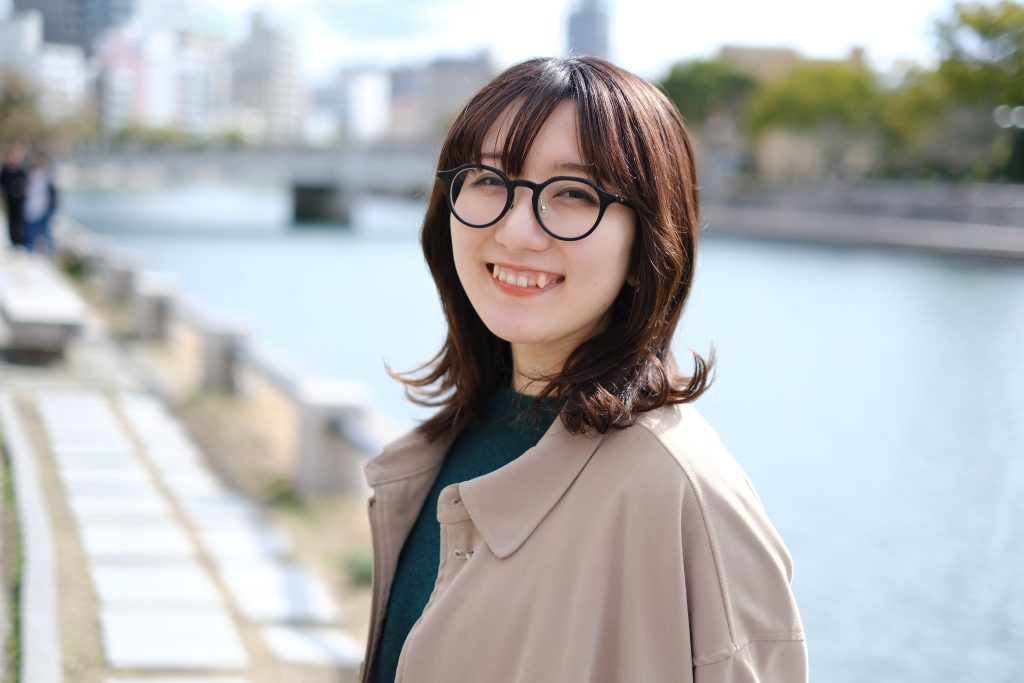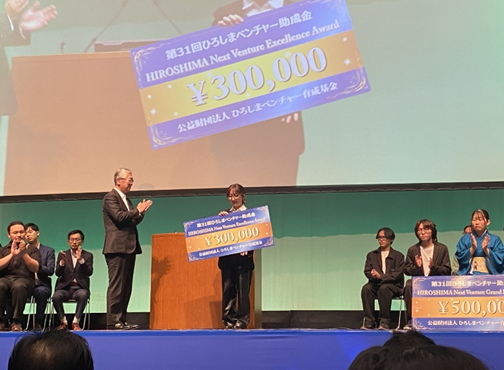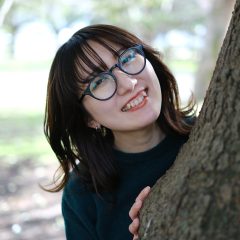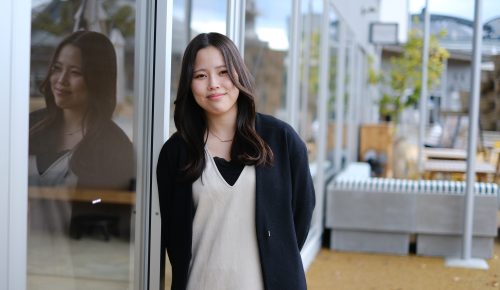
The number of children not attending school has surged in recent years. While various personal and social factors are cited as causes, how much progress has actually been made in terms of understanding and support? One essential step is truly engaging with how these children feel and live their daily lives—and whether there is a space that accepts them for who they are.
A Desire to Change Society That Began in Middle School
NARUGE’s project is driven by a clear vision: “To build a society where children feel that their lives matter.”
She herself began refusing school in the third grade and faced daily self-denial, often labeled a “problem child.” But meeting a teacher in middle school changed her outlook. “For the first time, someone treated me as a person—not through the lens of truancy. It made me question why I had been denied so many things so unfairly and why my options were so limited. That’s when I began wanting to change society,” she recalls.
As a high school student, she gave talks based on her experiences at local governments and NPOs, created dialogue spaces between teachers and students, and organized events for parents of truant children.

Recognizing the Observational Skills and Thoughtfulness of Non-Attending Youth
“At university, I started a project that provided writing opportunities to youth not attending school, encouraging them to write articles focused on issue identification,” says NARUGE.
“When these kids gather, they often talk about things like, ‘What is school really?’ or ‘What is society like?’ They tend to notice what others overlook and keep thinking deeply about social issues. I wanted to give them a space to express those thoughts freely as journalists.”
The articles focus on two main themes: (1) Current social issues, (2) The field of education.
Currently, a second-year student attending a correspondence high school who previously stopped attending school is participating in the project and working on article development.
Flexibility in Action Depending on the Target Issue
The project offers structured pathways. In the case of the current high school student participant, the plan follows the “Issue Discovery Article Course” over a three-month period.
Once completed, the articles will be published in newsletters through affiliated organizations or distributed via a new alternative media platform.
While the project is still in its prototyping stage, it has begun to evolve. Initially, the goal was to leverage the issue-identification capabilities of non-attending students and offer them a platform. However, she found that many of the youths involved were seeking something more immediate—solutions to deeply personal concerns.
“For example, one student said they just wanted their mom to stop crying because of their truancy. Another said they wished they had even one person to support them. These kids want help with what’s directly in front of them. And thinking through how to address that can lead to new ideas.”
In response, NARUGE is exploring ways to share these perspectives creatively, such as through improv storytelling or film discussion events. “Kids who don’t go to school have such unique viewpoints. I want to build a system that connects people and transforms values through small events like these.”

Everything Learned at University Has Been Useful
NARUGE credits her learning at Eikei University of Hiroshima for the tools she’s using today.
“Frameworks like the Value Proposition Canvas—which helps identify gaps between services and user needs—and the Double Diamond model—used for divergent and convergent thinking in problem-solving—were all taught in our PBL courses.”
She chose Eikei University of Hiroshima precisely because, as a high school student organizing events, she felt that short-term change was possible, but sustained impact was elusive. “I wanted to learn practical and academic approaches to making change last.”
Through lectures, she gained the theory and systems needed to dig deeper into social problems. “That perspective allowed me to see my ideas more objectively. I now see this project as entering the ‘convergence’ stage after a long period of ideation and growth.”

Gaining Trust Through People and Opportunities
In 2024, NARUGE’s project won the HIROSHIMA Next Venture Excellence Award from the 31st Hiroshima Venture Grant program—one of 29 awardees in the student category. She received a grant of 300,000 yen.
Since then, she has connected with like-minded individuals, and new initiatives have begun. One is a proposed online platform called the “Place to Belong Portal” (tentative name)—a website to visualize and share safe spaces for school non-attenders nationwide. NARUGE was appointed as project leader.
“I’ve been fortunate to encounter incredible opportunities and people. These achievements are the result of all the work I’ve done through this project. What I’m doing may seem diverse, but my vision remains unchanged. I want to keep exploring ways to gather and deliver voices—and continue taking action to change society.”

HIROSHIMA Next Venture Excellence Award
(March 2025)



